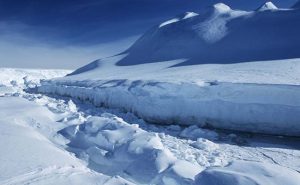
Geologists Found India Was Part Of Antarctica Billion Years Ago
Kolkata: A group of geologists from India and Switzerland researching on the evolution of the Earth’s crust studied ancient rocks of the continental crust in the Eastern Ghats area and found important clues to the formation of the continents.
Geologists have found evidence supporting the hypothesis that Indian subcontinent was part of Antarctica a billion years ago but was separated and reunited several times due to tectonic movement of plates before the evolution of mankind.
Dewashish Upadhyay, IIT Kharagpur geologist who led the research told: “It is for the first time that we have been able to prove the hypothesis that the continent of Antarctica and subcontinent India were once a single large continent that broke apart about 1.5 billion years ago.”
India and Antarctica then got separated by an ocean. “This ocean closed again with the movement of the landmasses and the two continents approached each other until they collided again around one billion years ago to form the Eastern Ghats mountain belt,” he said.
Their research, which was recently published in international journal ‘Elsevier’, shows the two continents separated once more and a new ocean was formed where the old ocean had been.
“Then the movement of the continents reversed again and there was yet another collision around 600 million years ago which created another mountain range that is preserved in the Eastern Ghats all the way to southern India and Sri Lanka and even Madagascar, which was once part of the Indian subcontinent,” Professor Klaus Mezger of the Department of Geological Sciences at the University of Bern, Switzerland, said.

After this collision the crust broke apart again, once more separating India from Antarctica and now there is a big ocean between the two land masses that had actually combined several times in the Earth’s history, says the research report.
All this happened much before the evolution of mankind on earth and the research team collected pieces of evidence at the junction of the Singhbhum Craton and the Eastern Ghats in Odisha and Jharkhand.